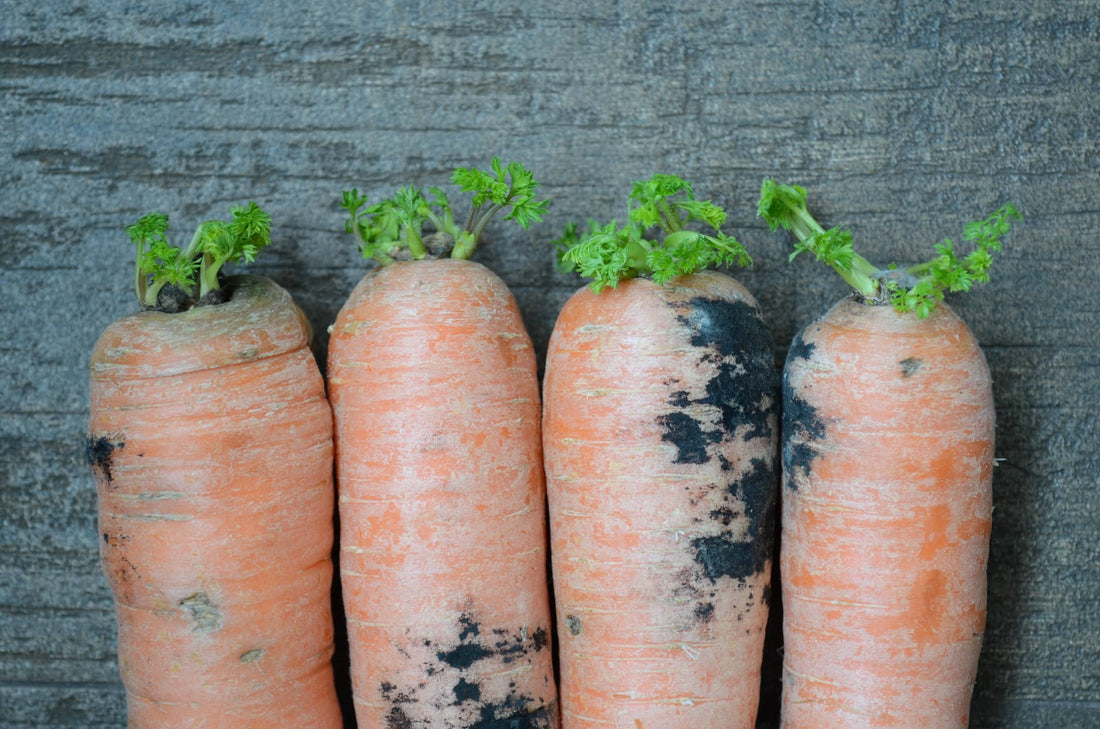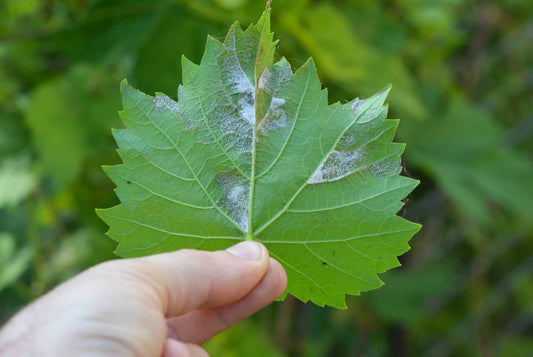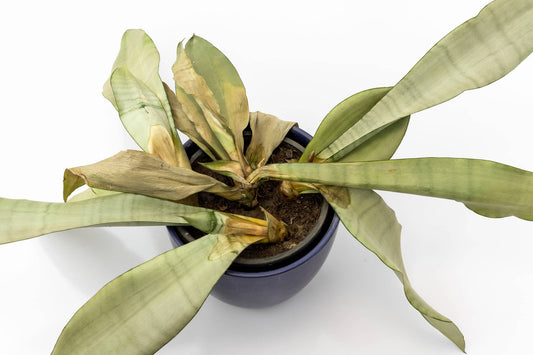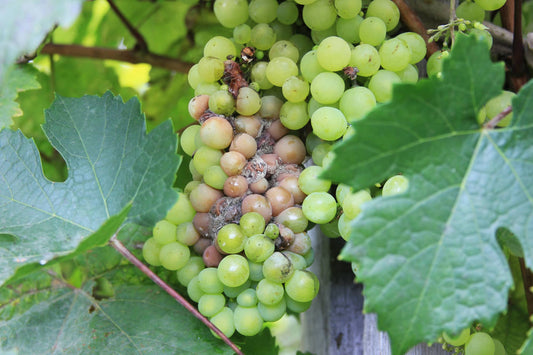Root rot is a significant issue in hydroponics, caused by fungi such as Pythium, Phytophthora, and Fusarium. This condition can severely damage or kill plants by decaying the root system, which is essential for water and nutrient uptake. Understanding the causes, symptoms, and management strategies for root rot is crucial to maintaining a healthy hydroponic garden.
Recognizing Root Rot
Root rot manifests as wilting, yellowing, and stunted growth in plants, even when the water and nutrient supply are adequate. Infected roots become brown, mushy, and ineffective, leading to the decline of the plant. These symptoms underscore the necessity of early detection and intervention.
Conditions Favoring Root Rot
The disease thrives in wet, poorly drained conditions marked by high moisture levels and low oxygenation. Factors such as overwatering, insufficient water circulation, elevated water temperatures, and decomposing organic matter create an ideal environment for root rot pathogens.
Prevention Strategies
Preventing root rot requires maintaining clean and sanitized hydroponic systems, ensuring adequate oxygenation and water circulation, and monitoring the water temperature. Regular maintenance and sanitation of the system are crucial to preventing conditions that encourage fungal growth.
Treatment Methods
Upon identifying root rot, remove the affected plants to prevent the spread of disease. Treat the hydroponic system with solutions such as hydrogen peroxide to help eliminate the fungi and enhance water oxygenation. Adjusting the water conditions is also vital for improving overall plant health.
Home Remedies for Root Rot
1. Hydrogen Peroxide Solution
- Ingredients: 3% hydrogen peroxide and water.
- Instructions: For maintenance and minor issues, begin with a lower concentration, like 3 ml of 3% H2O2 per gallon of water, to help prevent root diseases and supply extra oxygen to the root zone.
- For Treating Established Root Rot or More Severe Pathogenic Issues: Increase the concentration gradually, up to 10 ml of 3% H2O2 per gallon of water. It is crucial to monitor the plants closely for any signs of distress, as higher concentrations may potentially harm sensitive roots.
Adjusting the concentration of hydrogen peroxide based on the specific needs and reactions of your plants is crucial. Some plants may tolerate higher concentrations without issue, while others might show signs of stress or damage. Always start with a lower dose to evaluate plant tolerance and only increase if necessary and safe to do so.
Considering the variation in recommendations and the possibility of plant sensitivity, consulting a hydroponics specialist or referring to manufacturer guidelines for H2O2 usage in hydroponic systems can offer more personalized advice. Furthermore, conducting a small-scale test on a few plants before applying any treatment to your entire system can help ensure you avoid unintended harm to your crops.
2. Cinnamon Tea
- Ingredients: Cinnamon (ground or sticks) and hot water.
- Instructions: Steep cinnamon in hot water for several hours or overnight, then strain. Allow the tea to cool before using it to water plants or adding it to the hydroponic reservoir. The antifungal properties of cinnamon can suppress fungi that cause root rot. Apply it once a week as a preventive measure or at the first indication of root rot.
Monitoring and Maintenance
Regularly inspecting plant roots for signs of rot, maintaining optimal water quality, and cleaning the system between crop cycles are essential practices to prevent reinfection. Adjustments made from ongoing monitoring can help sustain a healthy root environment and avert root rot.
Integrated Approach
Although hydrogen peroxide and cinnamon tea are effective home remedies, they should complement an integrated management strategy that emphasizes proper plant care, system design, and regular maintenance. Ensuring good water quality, oxygenation, and cleanliness of the system is essential for preventing root rot in hydroponic systems.




